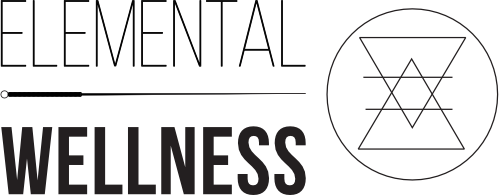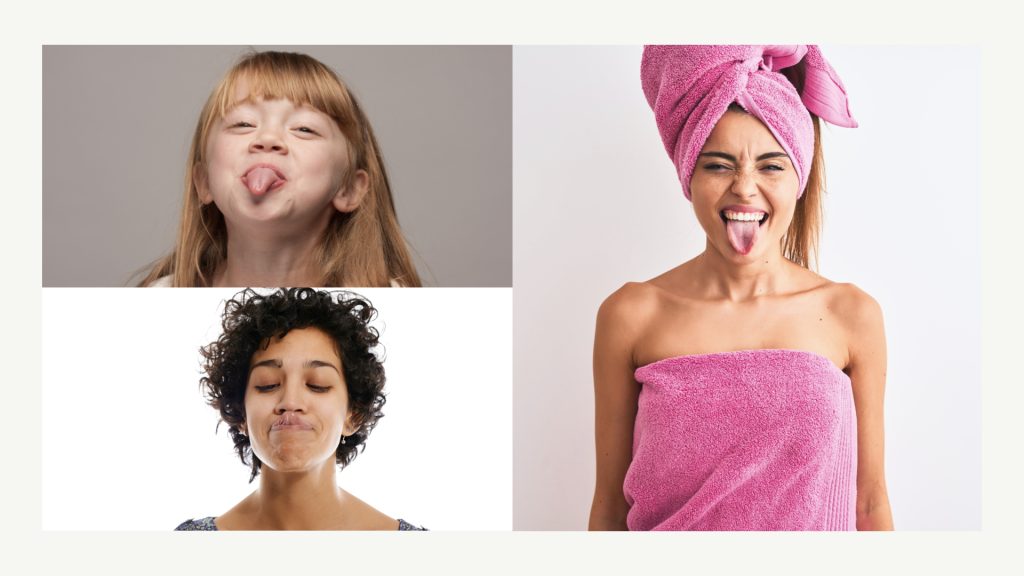Foundations: Diagnosis Series – Tongue Diagnosis
Probably the strangest looks I get in the office are when I politely ask “May I see your tongue?” And the results are anywhere from, a cheeky stick out of said tongue 😜, to an eyebrows raised 😳 tentative glimpse of just the tip of the tongue between tightly closed lips 😋 Clearly we’ve all been taught that this is not appropriate for polite company 🤭 Luckily for me, my clinic and medicine in general really is not about polite company. 🤫 Fair warning. So I’m here to answer questions about your health and how we use your tongue in Chinese medicine diagnosis. Join me for a half-hour walk through how we begin to get back in touch with what our bodies are telling us. Many of us spend our lives ignoring the signals and messages that our bodies and brains send out. It isn’t until you’re in the doctors office and can’t find the answers to their mysterious questions that you realize how much you’ve under appreciated the beautiful biology of your body.
Part 2 in our new series of talks on diagnosis and health in TCM.
In case you missed our talk this week, here is the first installment in which Beth talks about the “whys” of tongue diagnosis in traditional Chinese medicine.
If you like learning about Chinese medicine and want to know more, sign up for our newsletter and join this lecture series live every 2 weeks
Book your 20 minute free consultation
Transcript
Why do we care? How is it relevant to a Chinese medicine Diagnosis
Mostly, the tongue is giving us a picture of the nature or quality of the patient’s Qi and blood.
It also gives us a glimpse into the condition of the organ systems of the body.
And It is an excellent way to confirm or deny what has already been gathered in the intake interview or pulse taking.
Tongues are also “not liars”, not to say that patients and pulse are, but they are perhaps less reliable that the tongue in that they can be influenced either by the patient of the physician and so we love to use the tongue in diagnosis because they are empirical.
Tongue diagnosis is super important for herbal prescriptions because it shows us very clearly the state of a persons digestive function and as most herbal formulas are taken orally, this is an important factor to consider.
Four main Diagnosis Characteristics
We are looking at four main things.
Color, shape, coating and moisture
The color follows a spectrum from an almost blue to a deep crimson red and this helps us to identify the levels of deficiency and stagnation and the temperature dynamic of the condition, i.e. the presence of heat or cold
The shape is all about excess and deficiency, is it long, short, skinny, swollen, scalloped, rigid…all of these words are informative.
The tongue coating is about organ function, most specifically the stomach and the state of digestive function and also helps differentiate between excess and deficiency, cold and heat.
The moisture content is specifically a measure of your body’s fluid metabolism and is important particularly in cases where there is a multi-layered diagnosis that requires a balanced treatment. For instance when you’re clearing damp in a person who is yin deficient, you can pay attention to the moisture on the tongue as an indicator of the progress of that treatment
Color
The ideal we’re looking for is pale red. The official description is like fresh meat underneath a thin white coating.
Like this one at the bottom.
Anything that deviates from that is an indication of imbalance
dusky (that lavender one) is stagnation
red (like the one in the middle) is heat
pale (off to the right) is deficiency
purple (left) is blood stagnation or cold and
blue (up top) is cold
Coating
Think of the tongue coating like the texture. That rough top layer is ideal thin and white
white in color (as opposed to grey or yellow) and
thin meaning we can see the tongue color underneath it.
There are variations on this and everyone has a constitutional baseline variation.
The picture on the upper left is a little pale but the coating is thin and white.
The red dots at the bottom could indicate damp or heat depending on their location. We call them “prickles” and we see it a lot in children.
A thicker tongue coat (or one which obscures the color of the tongue underneath-See the top right image?) is an accumulation of an external condition.
If that coat also happens to have a yellow color (as this one does), then we interpret that as heat.
A rootless coating (this is often what a coat will look like after being scraped and you’ll see a little bit in the center of the bottom right picture just to the left of the crack) this points to poor quality stomach qi and
A greasy coat is phlegm. The upper right image, in addition to being thick is also a bit greasy
I see this a lot when treating residual coughs either from smokers or someone who is still getting over bronchitis or pneumonia.
Thinness or absence of coating (when the tongue looks shiny) like on the bottom left is an indicator of yin deficiency as are cracks.
I also just want to point out that little spot of moisture on the bottom of the upper left hand image. These are also things we’re looking for. Is it dry, is there moisture? and this is really about what your body is doing with is water. Do you have enough? Is it distributing it properly?
Pre-Appointment Do’s and Don’t’s
Remember too though that your tongue coat is affected by what you consume so if you just had blueberries or turmeric, the tongue impression is likely to be skewed.
Pro-Tip: While I know that many people find that a tongue coating is something to be scrubbed (and I won’t disabuse you of this notion), as an acupuncturist I beg you not to scrape your tongue on the day of your appointment. This is because the scraping of the tongue coat destroys vital diagnostic data for us.
What can I do?
Tongue diagnosis isn’t unique to TCM. It is also used in Auyervedic medicine as well and using similar observation plays a role in diagnosing dosha types.
Many of my patients tell me that now that they know their tongue says something about their health they just can’t stop looking.
As I said yesterday, my kids find the idea of being able to diagnose someone based on their tongue to be infinitely entertaining and indeed there is loads of information available to you on your tongue, but its only one of the tools we use in TCM to make our diagnoses.
I would say that first and foremost, as a lay person, start paying attention to the color of your tongue.
If its pale, maybe think about a nourishing meal or a nap, if its dusky, go for a walk or take a sanity break and if you find that your tongue coat is habitually thick, think about looking into your diet or getting a good herbal prescription.
As always, when in doubt, find a good acupuncturist to help you. Other people are always more objective and having a professional opinion can make all the difference.

